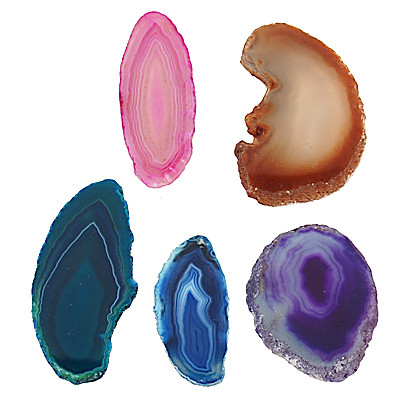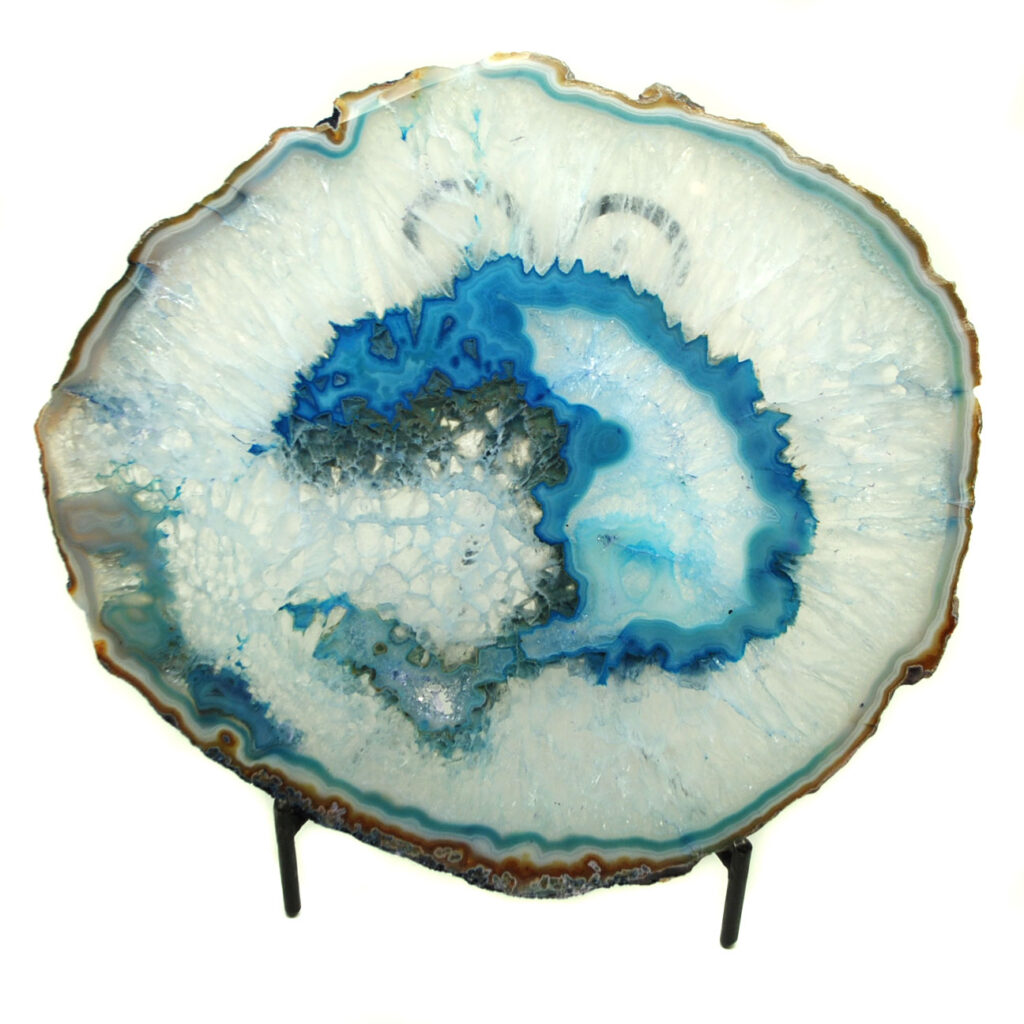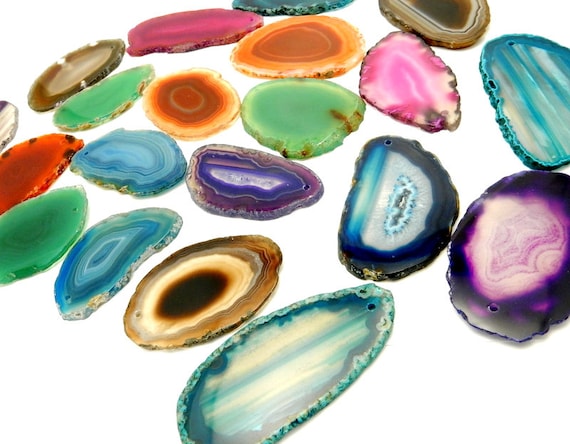3 Simple Techniques For Agate Slabs
Table of ContentsThe Facts About Agate Slabs Uncovered5 Easy Facts About Agate Slabs ExplainedSee This Report about Agate SlabsIndicators on Agate Slabs You Need To KnowThe smart Trick of Agate Slabs That Nobody is Discussing7 Easy Facts About Agate Slabs Described
The banding is one of the most characteristic noticeable building of agates. It is mainly a result of periodic changes in the translucency of the agate compound - layers show up darker when they are more translucent (this might show up turned around in transmitted light) - Agate Slabs. This impact might be accompanied and also intensified by adjustments in the color of bordering layers.The thickness of the individual layers differs greatly in different agate sampling. In the finely banded agate from Agate Creek revealed in the photo listed below one can count greater than 200 layers per centimeter. Various other sampling reveal a much reduced density of layers. Two sorts of banding are frequently distinguished in agates: In a lot of agates the wall-lining banding controls, and also in numerous specimens it is the only kind of banding.
10 Simple Techniques For Agate Slabs
The obvious density of a layer depends upon the orientation of the cut as well as varies in a sample. If one takes this into account, in lots of agates the layers are spaced uniformly and individual layers remain their density throughout the entire sampling. It must be stressed that there is no "rule of equidistance of the layers", as there are striking examples of agates in which the density of the layers varies substantially (for instance, "Limpopo agates" from Botswana).
In this section of the specimen the wall-lining layers are homogeneously colored as well as spaced fairly evently. By comparison, the straight layers look much more diverse: some layers appear granular and much less translucent, one can acknowledge two locations made of quartz crystals (observe the intense representations), one layer is tinted orange, and in the upper component there is an area with surge banding.
The Best Guide To Agate Slabs

It is even existing in several Uruguay agates that or else do not have any wall-lining banding. The structural peculiarities of these bands suggest that the agate formation is not a constant process, however involves numerous steps (Agate Slabs).
An Unbiased View of Agate Slabs
They are organized in teams of approximately parallely oriented crystals, as well as these teams form "fibers". This is not an unique attribute of agates, the fibrous framework is also found in botryoidal chalcedony. Under normal circumstances these fibers are undetectable, as they are all made from the very same product and also the optical homes of the fibers are almost the same.
It is crucial to keep in mind that the lines emanate from the wall surface as well as not from the facility, this can best be seen in the click to investigate left corner of the sampling where numerous teams of lines radiate from certain spots at the wall. The pattern is rather solid in the perimeter, but it is additionally existing near the facility made of quartz crystals.
Not known Details About Agate Slabs

It is not feasible to comprehend what defines an agate and if and also exactly how it differs from various other cryptocrystalline quartz selections without researching agate thin areas with a polarizing microscope. Despite their immense instructional value one hardly ever sees images of agate thin areas in collectors' publications. The physics underlying the approach is instead challenging to comprehend and will certainly be clarified in a phase of its very own, right here I can only offer a brief description.
Agate Slabs Fundamentals Explained

The disturbance shades are generally studied in so called slim areas, really thin slices of minerals and also rocks glued onto a glass slide for have a peek at these guys microscopy. The most common thickness made use of in rock thin sections of all types is 30m. This is extremely thin, certainly. One can try to utilize thicker slices, however the analysis of the observed colors gets a growing number of difficult, and lots of rocks and also minerals need to be very slim to permit adequate light with.